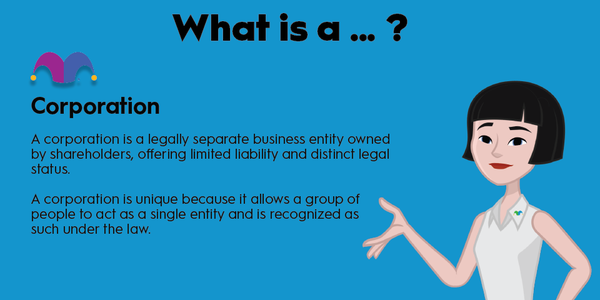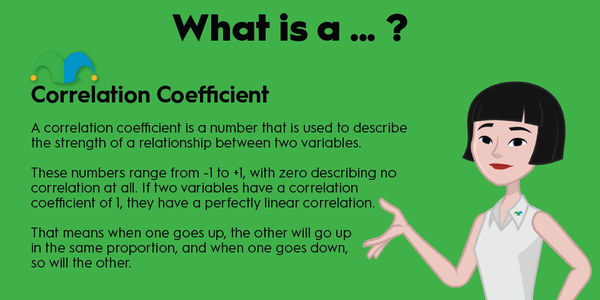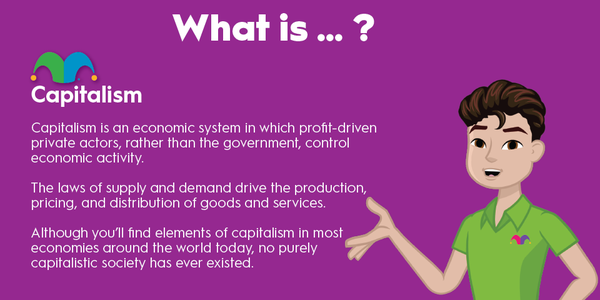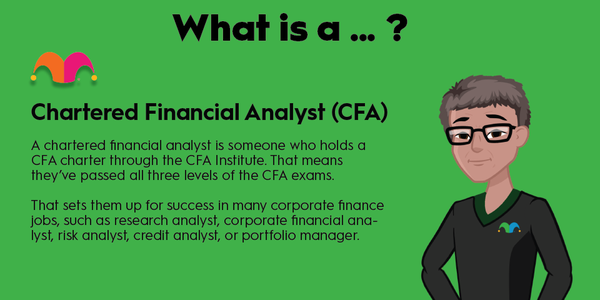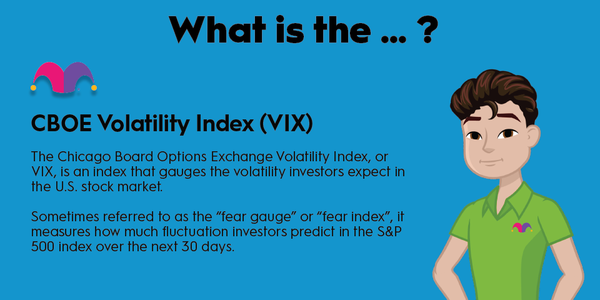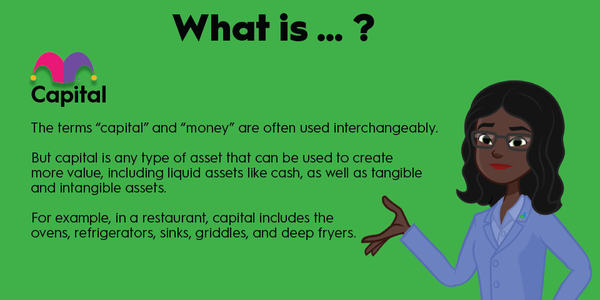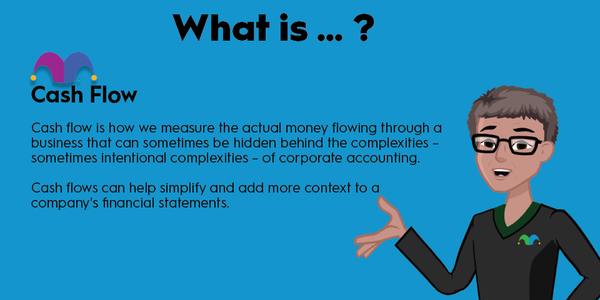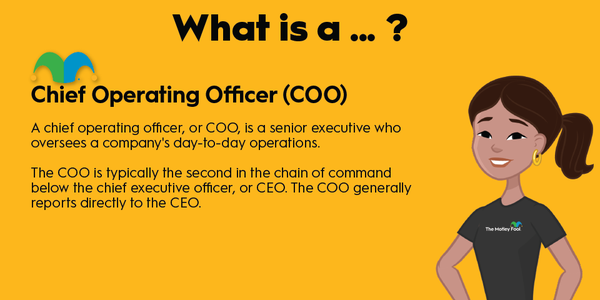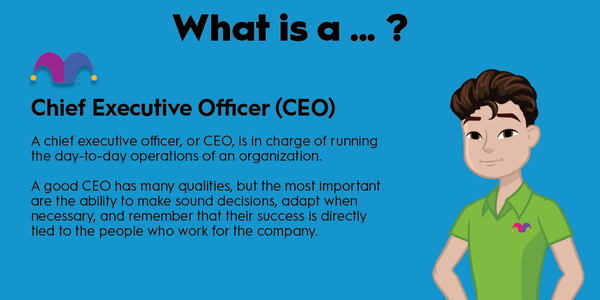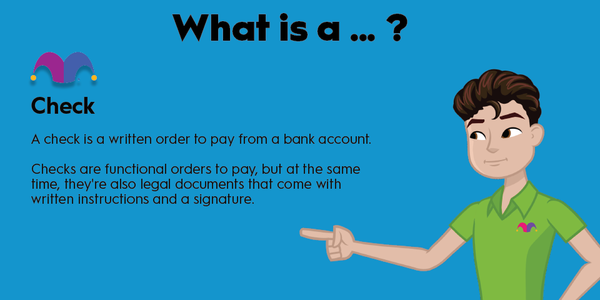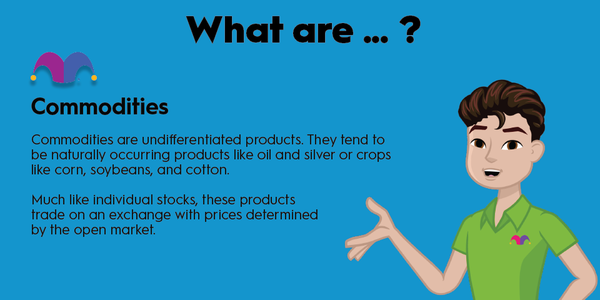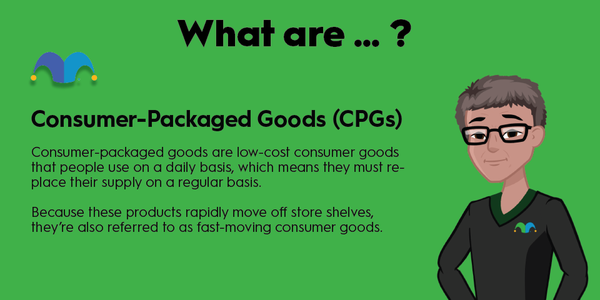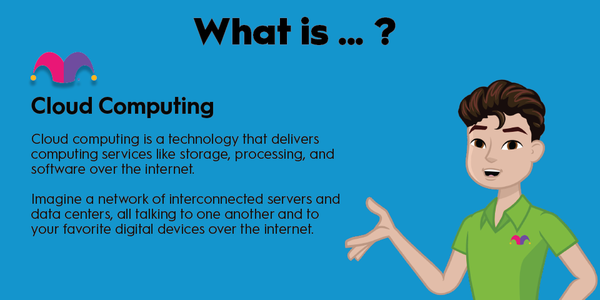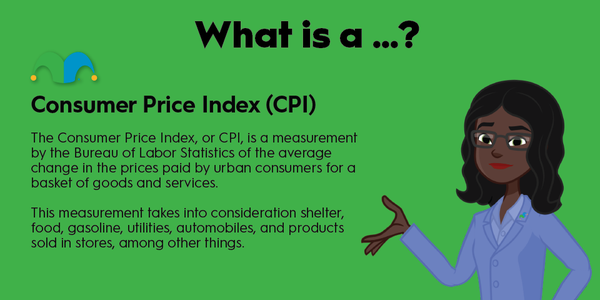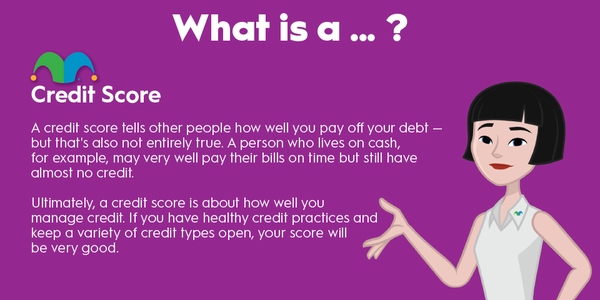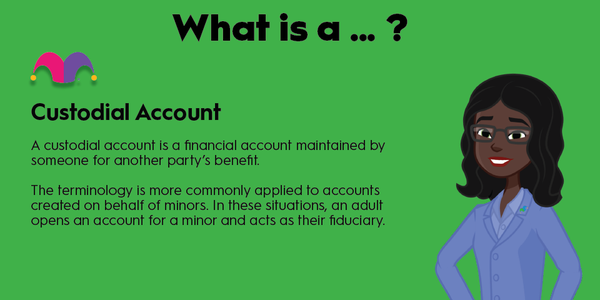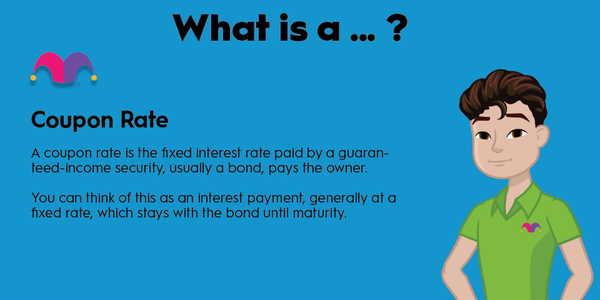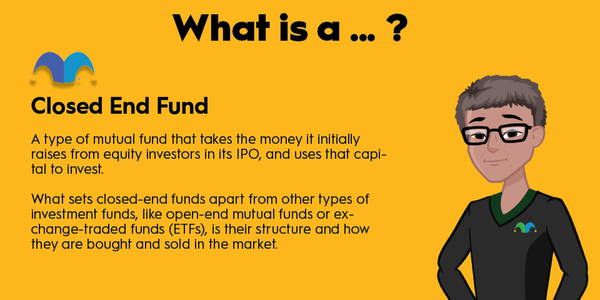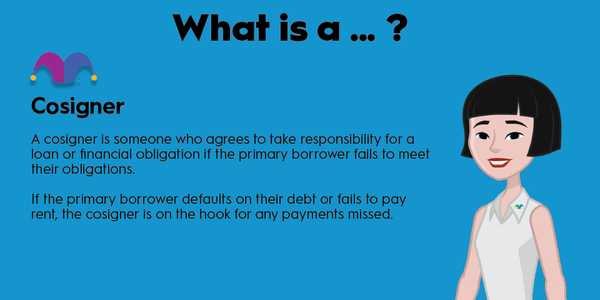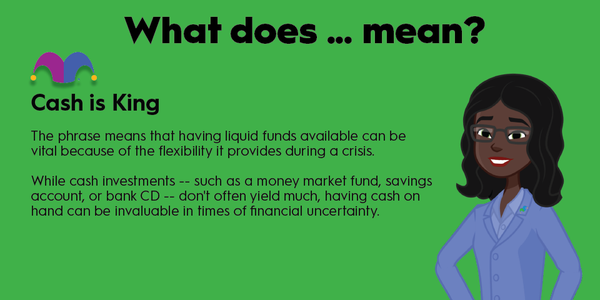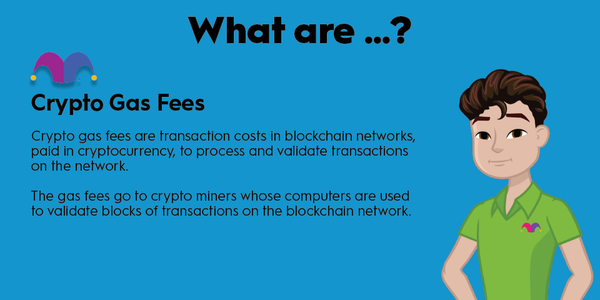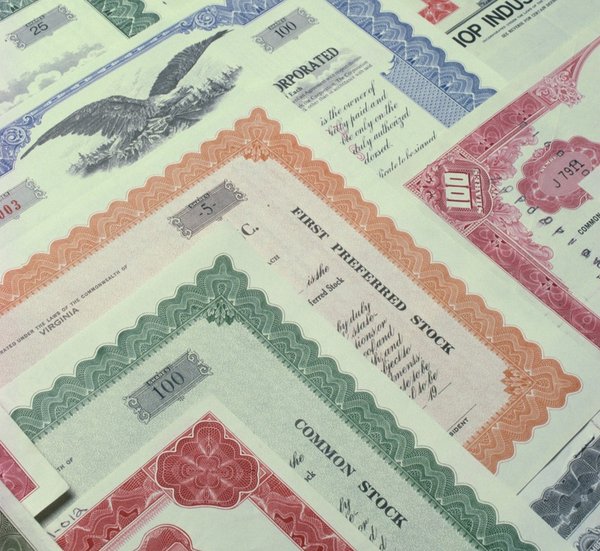Capitalization-weighted index funds are common, but do they fit your investment strategy? This guide can help answer that question. Let's explore the concept of weighting by market capitalization and how it affects the risk and performance of a fund.
Understanding capitalization-weighted index funds
Overview
Capitalization-weighted index funds hold larger positions in big companies and lesser positions in smaller companies. In this context, a company is big or small based on its market capitalization. Market capitalization is the aggregate dollar value of the company's outstanding shares.
Other terms for this weighting strategy include cap-weighted or market cap-weighted.

Weighting refers to the percentage of exposure to each stock. In a cap-weighted portfolio, the size of each position is determined by the company's market value relative to the total value of all stocks in the group. To demonstrate, let's create a fictitious index fund consisting of three positions:
- Company A has a $1 million market capitalization.
- Company B has a $550,000 market capitalization.
- Company C has a $100,000 market capitalization.
The total market capitalization of the three companies is $1.65 million. Cap-weighting their stocks would create these exposures:
- Stock A: 60.6%, or $1 million divided by $1.65 million.
- Stock B: 33.3%, or $550,000 divided by $1.65 million.
- Stock C: 6.1%, or $100,000 divided by $1.65 million.
Company A, the largest company in the group, has the highest weighting and, therefore, the most influence over the fund.
Many financial market indexes are capitalization-weighted, including the S&P 500, Nasdaq Composite, and the Wilshire 5000. Index funds that track these benchmarks directly are also weighted by market capitalization.
Implications of market-cap weighting
Implications
The cap-weighted investing strategy has several implications:
- Large companies have greater influence over the fund's performance than small companies. This can be an advantage or disadvantage, depending on your outlook.
- Positions are not trimmed back as they grow and account for higher percentages of the fund. Depending on the portfolio composition, the fund may have to purchase more shares of stocks that are on the rise. This goes against the concept of rebalancing, which is intended to reduce overexposure to appreciating positions.
- Heavier weighting of large, stable companies can contribute to lower portfolio volatility.
- Cap-weighting increases exposure to fast-growing companies, which are most at risk of being overvalued. A bubble can result, which is great for returns -- until the bubble pops.
- Cap-weighted index funds often have low expense ratios because they don't require heavy trading.
Three popular cap-weighted funds
Three popular funds
The table below includes three popular cap-weighted funds along with their net assets, number of holdings, and 10-year returns. Also included is each fund's weighting of the three largest companies in the U.S. stock market: Microsoft (MSFT -1.3%), Apple (AAPL -1.62%), and Nvidia (NVDA -0.36%). These are the three largest positions in all three funds.
|
Fund metrics and data |
SPDR S&P 500 ETF Trust (NYSEMKT:SPY) |
Vanguard Growth ETF (NYSEMKT:VUG) |
iShares Russell 1000 ETF (NYSEMKT:IWB) |
|---|---|---|---|
| Net assets |
$544 billion |
$220 billion |
$36 billion |
|
Benchmark index |
S&P 500 |
CSRP U.S. Large Cap Growth Index |
Russell 1000 |
|
Number of holdings |
503 | 200 | 1,005 |
|
10-year average annual return |
12.56% | 14.89% | 12.53% |
|
Microsoft weighting |
7.18% | 12.53% | 6.64% |
| Apple weighting | 6.78% | 10.81% | 6.28% |
|
Nvidia weighting |
6.78% | 8.86% | 6.02% |
The exposure percentages show there is a risk of overconcentration, especially if you are invested in more than one cap-weighted large-cap fund. Even so, the double-digit returns of these funds are compelling.
Performance: Cap-weighting versus equal-weighting
Performance
The effect of a fund's weighting strategy becomes more evident when you compare standard S&P 500 funds to equal-weighted S&P 500 funds. Equal-weighted funds ignore company size and hold similar percentages of all positions.
The table below shows returns of the S&P 500 and S&P 500 Equal Weight indexes.
| Timeframe |
S&P 500 (Cap-Weighted) |
S&P 500 Equal Weight Index |
|---|---|---|
|
1-year return |
26.27% | 13.81% |
| 3-year return | 10.26% | 4.58% |
|
5-year return |
15.33% | 11.34% |
|
10-year return |
12.94% | 10.22% |
As you can see, weighting by market capitalization in the S&P 500 has been the superior strategy for the past decade. In the last three years specifically, the cap-weighted index more than doubled the returns of its equal-weighted counterpart.
Those outsized returns come primarily from extreme growth in a small group of very large technology companies. These stocks and their approximate average annual growth since June of 2021 are:
Related investing topics
As long as these largest companies keep delivering the biggest gains, cap-weighting will outperform. If that trend changes and these heavyweights slow down, their sluggish performance could mask gains from the portfolio's smaller players.
So, is cap-weighting right for you? If you prefer to let a rising stock run, the answer may be yes. If you'd rather exit your winners and take profits before things go south, an equal weighting strategy could be the better fit.


